There is a lot of controversy surrounding the use of nonsense words in teaching phonics. Today I’m sharing two compelling reasons why every teacher needs to use nonsense words when assessing phonics.
Defining Nonsense Words
A nonsense word is a word that follows English phonics patterns but does not have its own meaning.
I like to tell my students that nonsense words are words that “make no sense.”
By providing them with examples (dag) and nonexamples (dog), they catch onto what a nonsense word is quite quickly. [This is done orally.]
It is really important that nonsense words follow typical phonics patterns when we use it to assess (or teach) phonics. [More details to come in the post.]
Other Names for Nonsense Words
You might have heard the terms nonwords or pseudo words. These are the same thing as nonsense words and the terms can be used interchangeably.
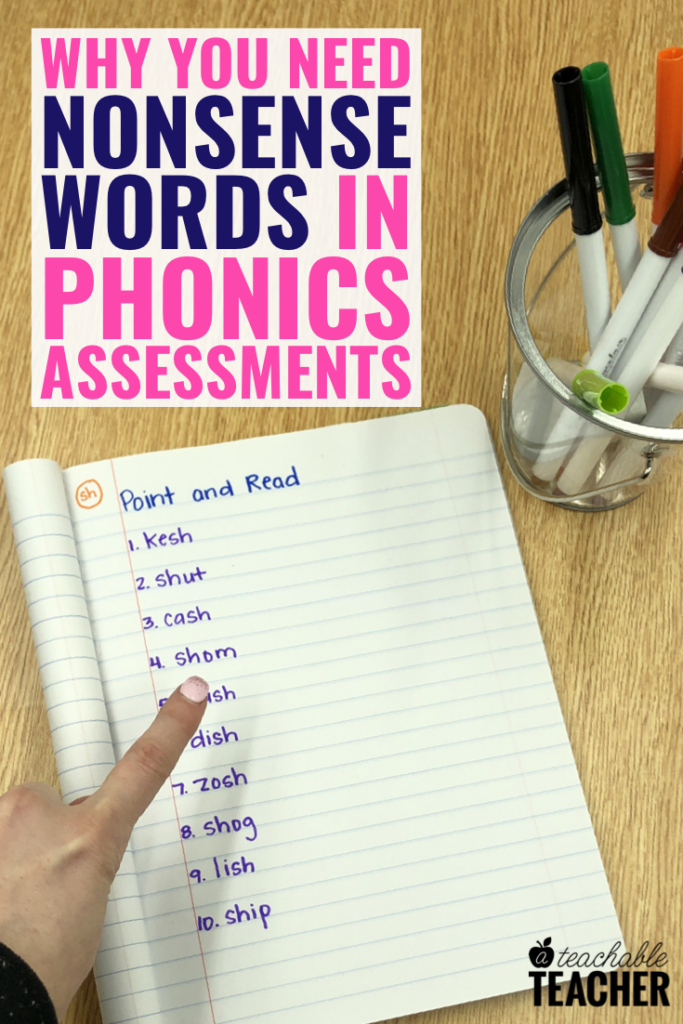
Reasons to Use Nonsense Words on Phonics Assessments
1. The only way a student is able to read the nonsense word is if they can decode the word.
The main reason why nonsense words are essential to assessing phonics and decoding is because students cannot say/decode the word without understanding the phonics skills within the word.
Lack of Context
There are two parts to truly reading a word. Decoding a word (or sounding it out) and understanding a word (making meaning).
When a student is reading words in context, (like a sentence, passage, or story), the context can often help them understand what the word means.
It can also help them make an educated guess as to what the word is.
For example:
Let’s say Sarah has been taught to read CVCe words.
I’m assessing her ability to read CVCe words by using a book that has one CVCe word on each page, in each sentence.
The current page she is reading has a picture of a kid going down a slide.
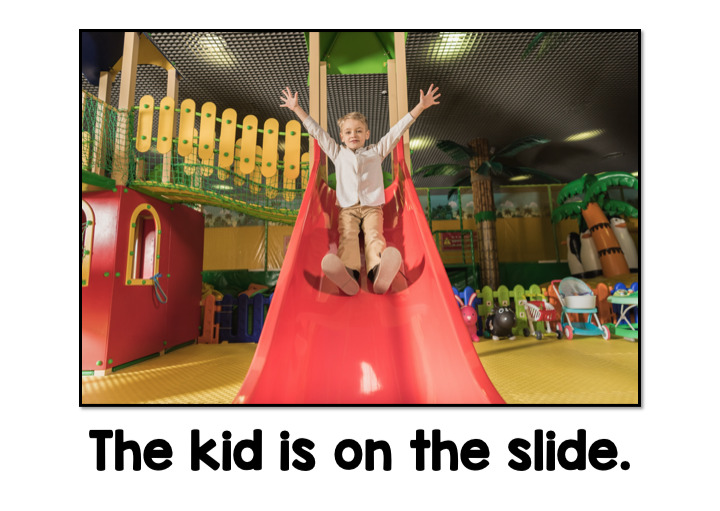
The sentence reads, “The kid is on the slide.” Sarah might read “The kid is on the /slid/…” and then become confused when she sees the “e”.
She looks at the picture where she sees a slide. Sarah realizes the word slide starts with /sl/, so she assumes the word is slide. She then reads, “The kid is on the slide!”
Although Sarah was able to use context clues to read the word slide, she didn’t use knowledge of CVCe words to decode the word slide.
I’m not saying Sarah doesn’t have good reading skills. It’s great that Sarah was able to use context to help her read!
However, that is not a true assessment of whether or not she understands CVCe or how to decode CVCe words.
By using nonsense words, we remove all context clues (words and pictures alike). Thus, we are getting a true assessment of the child’s ability to decode, and therefore, a true understanding of their knowledge of phonics.
Inability to Memorize Words
Some students rely on memorizing vocabulary in order to read.
We know that memorizing words is not an efficient way to learn to read, because if a child hasn’t been exposed to a word before, they won’t be able to decode it or make meaning from it.
Let’s get back to our example with Sarah.
Sarah has a book about the playground at home. She has read it with her parents many times. (YAY for Sarah’s parents!) So much so, she’s memorized all of the vocabulary words: swing, bars, handball, slide, etc.
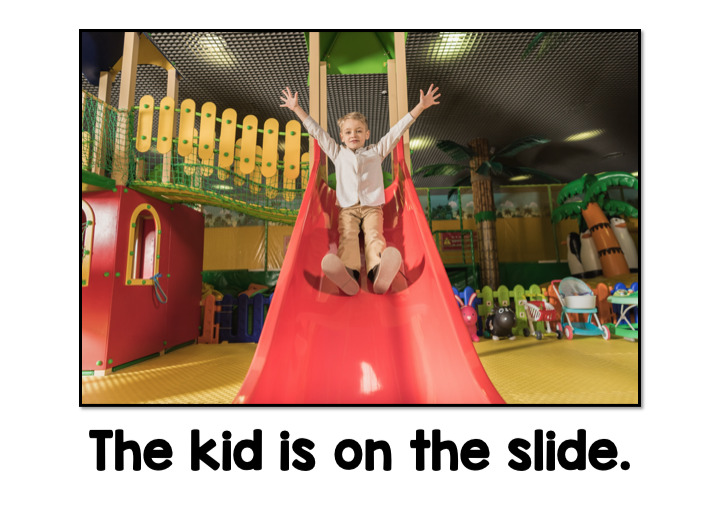
When Sarah gets to the page about the kid on the slide, she is able to read the word slide because she has previously memorized it from another book that she read.
Don’t get me wrong. I’m glad that Sarah can read that word and sentence.
(In fact, this is a great skill to have because it’s required for learning sight words!)
However, this would be an inaccurate assessment of her ability to read CVCe words because she already had the word memorized.
When we use nonsense words, we eliminate a student’s ability to pass a phonics skills assessment due to word memorization.
Once again, nonsense words lead to a true understanding of a child’s mastery of phonics.
2. Nonsense words can be used to assess word reading with ANY phonics skill.
Since nonsense can words can be generated for any skill or syllable, you can always rely on the ability to use nonsense words to assess a student in phonics, regardless of their reading level.
All you need to do is determine what phonics skill you are wanting to assess, and then generate nonsense words that use that skill.
The Importance of Following Phonics Patterns
Remember, like I stated above, nonsense words should follow phonics patterns.
🙈I used to not know this….EEEEKKK!! (As my friend Kristin says, please do not throw rotten tomatoes at me!)
Before I knew this, I generated and used nonsense words in phonics assessments that did not follow phonics patterns.
I later discovered why this was a problem! 🙈I’m going to explain it to you so that you don’t make the same mistake I did.
Example…Or rather, Nonexample!
In this example, let’s generate some nonsense words for a quick CVC assessment.
Since CVC words consist of a consonant, vowel, and another consonant, we might accidentally create this nonsense word: rew.
Technically, rew, has a consonant (r), vowel (e), and then another consonant (w).
However, the problem is that ew is actually a vowel sound. Thus, rew, would not be read as a CVC word, but rather a word with a long vowel pattern.
This is why w should only be used as an initial consonant when generating nonsense CVC words. (See the bulleted list below for more info.)
Now you do see what I mean by following phonics rules?
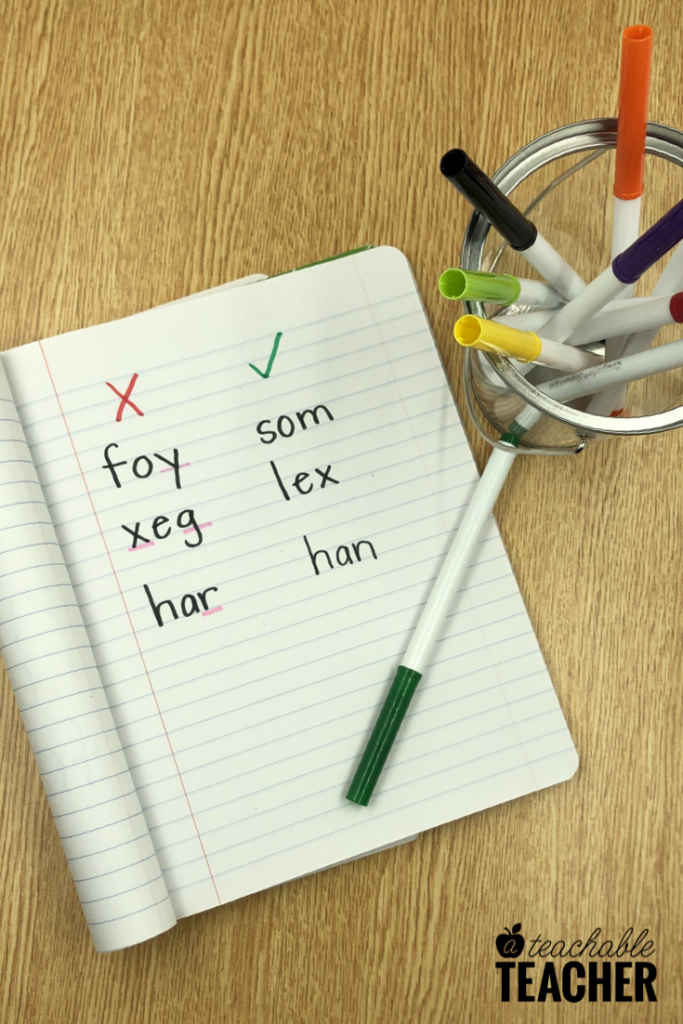
If you’re generating CVC words that follow phonics patterns, make sure that you follow the guidelines below to avoid words that do not follow phonics patterns.
- Initial Consonant – c, f, h, j, k, l, r, s, v, w, y, z
- Medial Consonant – a, e, i, o, u (vowels)
- Final Consonant – m, t, n, b, d, p, g, x
How to Assess Using Nonsense Words
Remember last week when we took a little trip down credential program memory lane and discussed the four types of assessments?
We can use nonsense words in each type of assessment, whether diagnostic, formative, benchmark, or summative.
I love using nonsense words in quick, formative assessments. It can be as simple as making a list of nonsense words that include the skill you’re wanting to assess, and asking students to decode the words aloud.
Example of a Formative Phonics Assessment with Nonsense Words
Here’s a quick example I jotted down in a journal. The target skill is the digraph, sh.
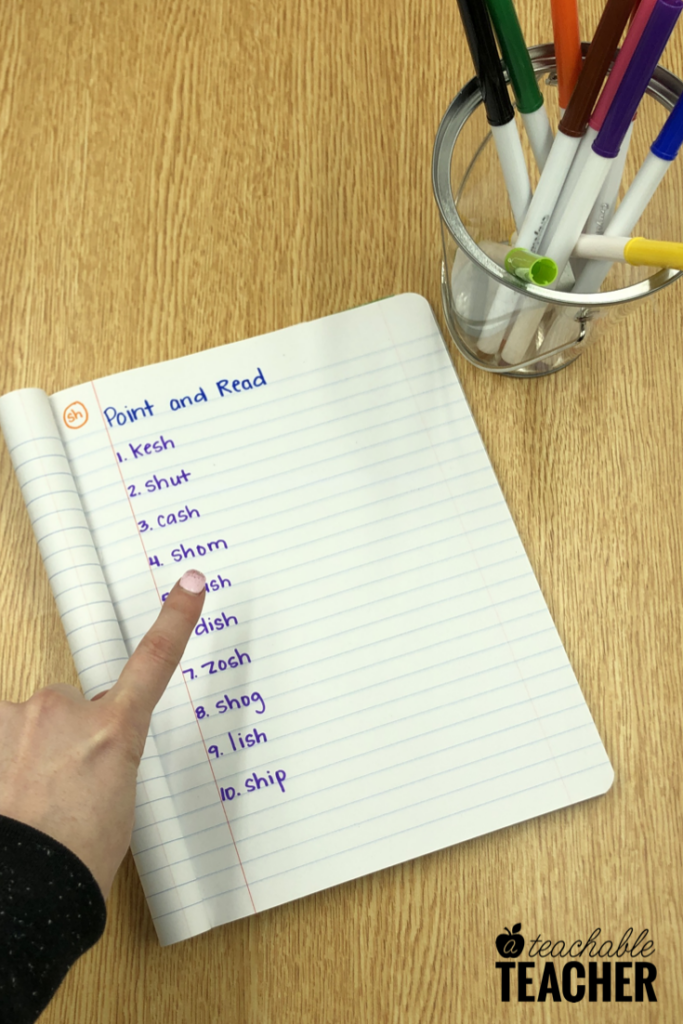
Note that not all of the words are nonsense words. Some of them are real words.
I’ll call each child back one at a time and explain to them that I have a list of words for them to read.
I’ll explicitly inform them that some words are real words and some words are nonsense words.
(If I question whether or not the student understands the meaning of nonsense words, I’ll have a quick teachable moment before assessing. However, since I do this consistently, my students are very familiar with it.)
After they read the words aloud, I’ll jot down their score in my gradebook. If they decoded at least 8/10 words correctly, I’ll consider the skill mastered. (I explain what I consider mastery in this post).
See how quick, easy, and accurate that was? Now I know who needs more practice for sh, and who is ready to move onto the next skill! (For more about the process I use to teach phonics, head on over to this post.)
An Important Note About Nonsense Words & Assessments
Using nonsense words in an assessment is NOT a means of assessing a child’s overall reading ability.
The purpose of using nonsense words is to accurately assess a child’s mastery of phonics skills and their ability to blend sounds to make words.
What do you think? Do you or will you use nonsense words in phonics assessments? I would love to hear your thoughts in the comments below!
The Focused Phonics Assessment Binder
Did you know that I have an organized and strategic assessment binder that includes all the phonics assessments for the year?
I include both real and nonsense words in these assessments, and there are assessments for every skill. It’s every reading teacher’s assessment dreams come true. 😉

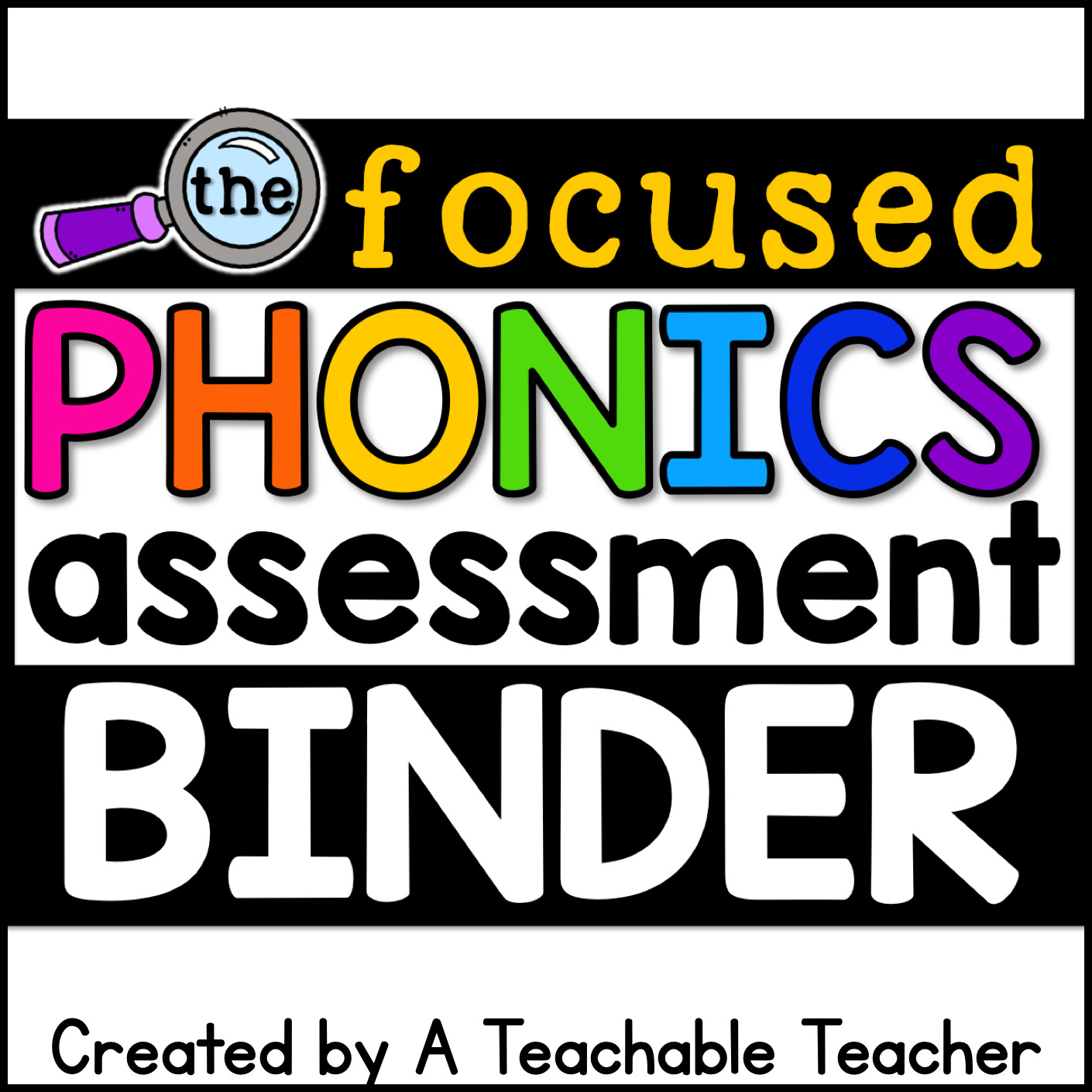

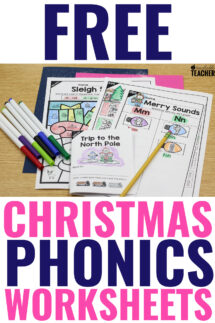
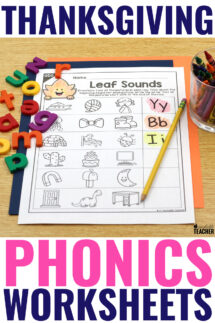
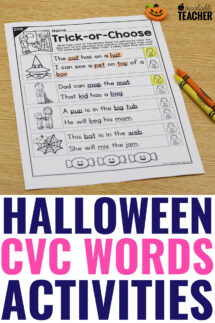
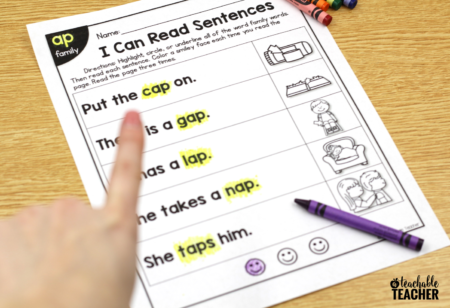
Yes, I totally agree with you about using nonsense words….just to assess phonics skills. I like the idea of using both nonsense and real words as that can be informative too! Thank you for the hint of not using nonsense words that really don’t follow the pattern you are assessing!
You are very welcome, Christine! I am so glad that it was helpful to you! =)
I completely agree, and I actually use nonsense words to develop reading automaticity.
So smart, Carla! I love that idea!
I began using nonsense words for reading when I found one of the students I tutor guessing her words! I’m glad that your blog ratifies the step I took!! It really helped her to do some serious decoding!
Hi Padma! Yay, I’m glad you have found nonsense words useful as well. =)
Well, I haven’t thought about using nonsense words to assess my students’ phonics skills. Your input gives me an great way to assess my students. I will try to use nonsense words with my students. Thanks!!
You’re welcome!! =)